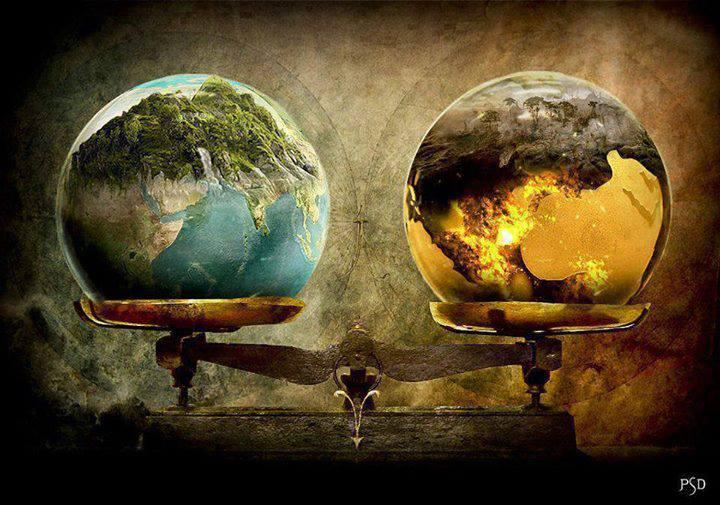

And it appears that humans didn’t hunker down during the ice age. Some think that it has to do with how adaptable we are, and how we used our social and communication skills and tools. There are lots of ideas about how our species survived the ice age when our hominin cousins did not. Both of these groups seem to have gone extinct before the end of the ice age. At the beginning of the ice age, there were other species of hominins – a group that includes our immediate ancestors and our closest relatives – throughout Eurasia, like the Neanderthals in Europe and the mysterious Denisovans in Asia. Others moved into other parts of the world, including the cold, glacial environments of Europe.Īnd they weren’t alone.
The world after humans show full#
Since our species, Homo sapiens, emerged about 300,000 years ago in Africa, we have spread around the world.ĭuring the ice age, some populations remained in Africa and did not experience the full effects of the cold. Yes, people just like us lived through the ice age. John/Flickr, CC BY Wait, there were humans during the ice age?! The skeleton, found by workers who were digging a pond, was 90% to 95% complete and more than 11,000 years old. One is that humans hunted them into extinction when they came in contact with the megafauna.Įxcavating a mastodon skeleton at Burning Tree Golf Course in Heath, Ohio, December 1989.

There are different ideas about why these animals went extinct. But there were also megafauna that went extinct at the end of the ice age, like mammoths, mastodons, saber-toothed cats and giant ground sloths.

Many animals present during the ice age would be familiar to you, including brown bears, caribou and wolves. So were savannas, or warmer grassy plains, and deserts. Steppes, or dry grassy plains, were common. Earth was also much drier, and sea level was much lower, since most of the Earth’s water was trapped in the ice sheets. That difference might not sound like a lot, but it resulted in most of North America and Eurasia being covered in ice sheets. That’s 11 degrees F (6 degrees C) cooler than the global annual average today. At its peak, when ice sheets covered most of North America, the average global temperature was about 46 degrees Fahrenheit (8 degrees Celsius). When most people talk about the “ice age,” they are usually referring to the last glacial period, which began about 115,000 years ago and ended about 11,000 years ago with the start of the current interglacial period.ĭuring that time, the planet was much cooler than it is now. Earth’s climate goes through warming and cooling cycles that are influenced by gases in its atmosphere and variations in its orbit around the sun.


 0 kommentar(er)
0 kommentar(er)
